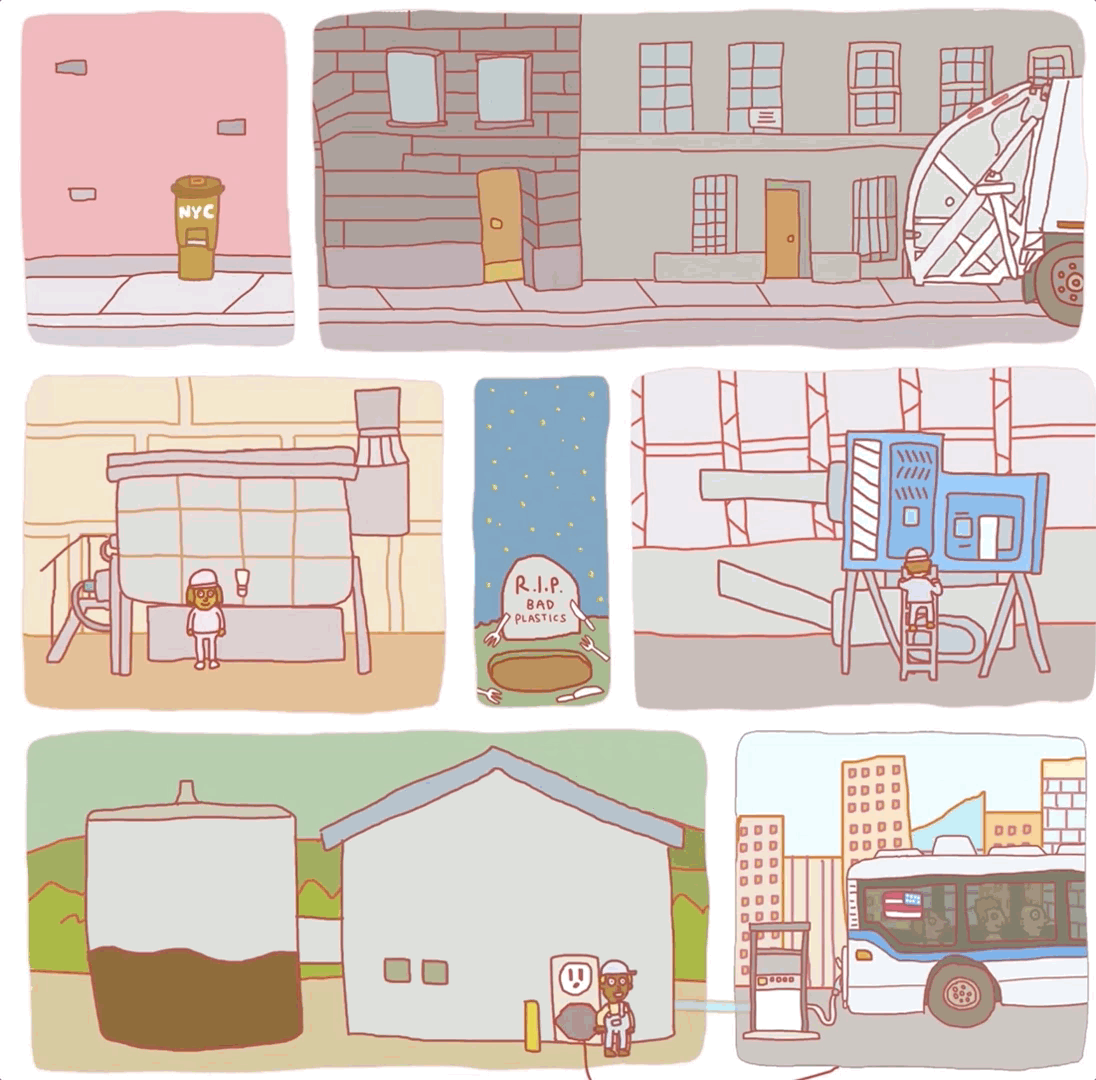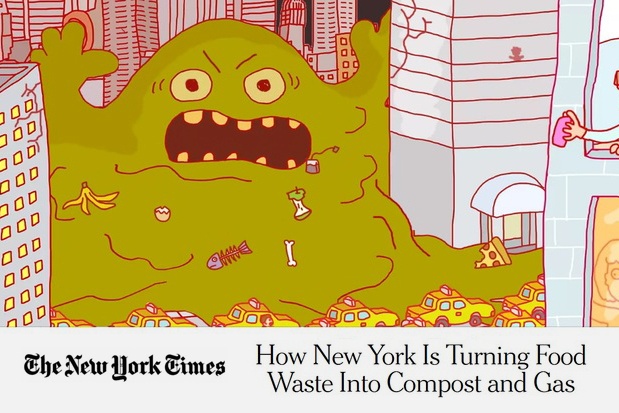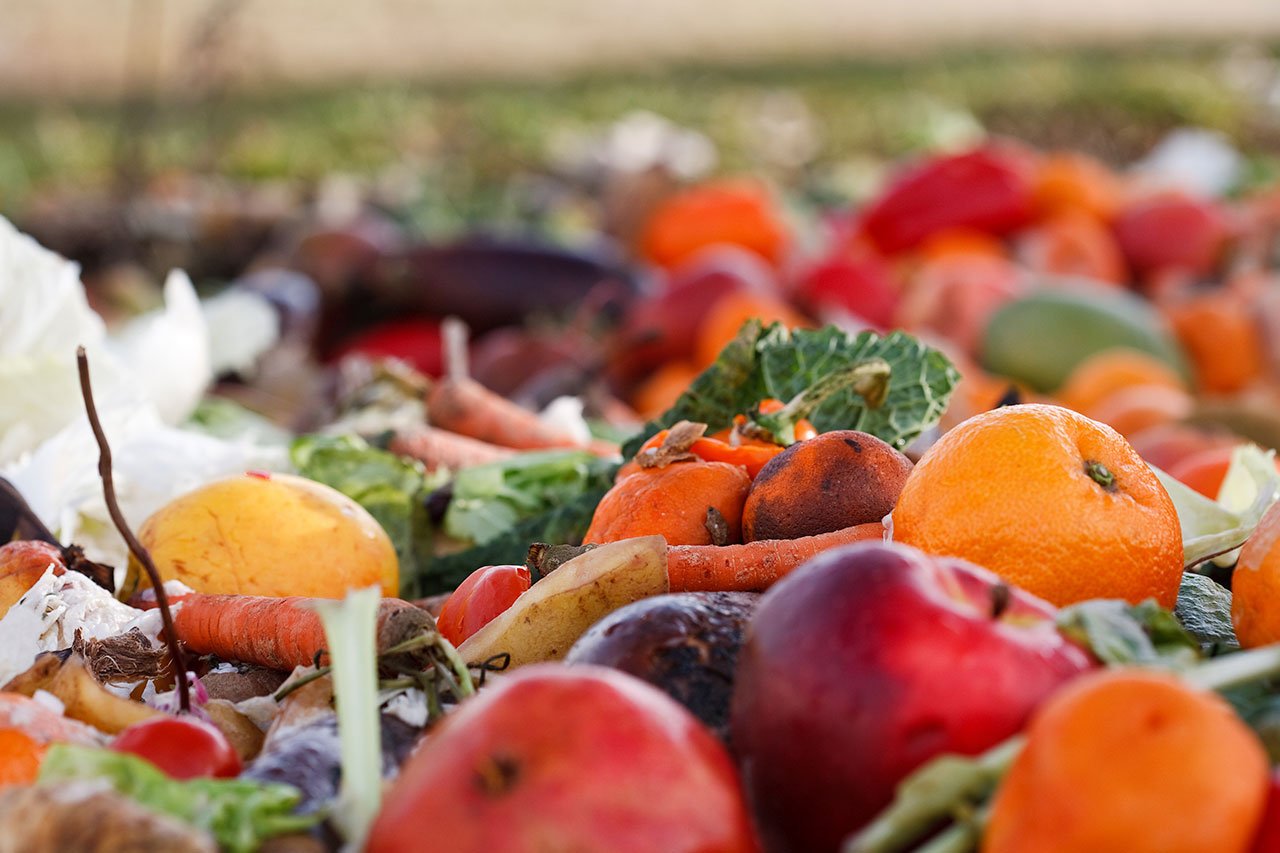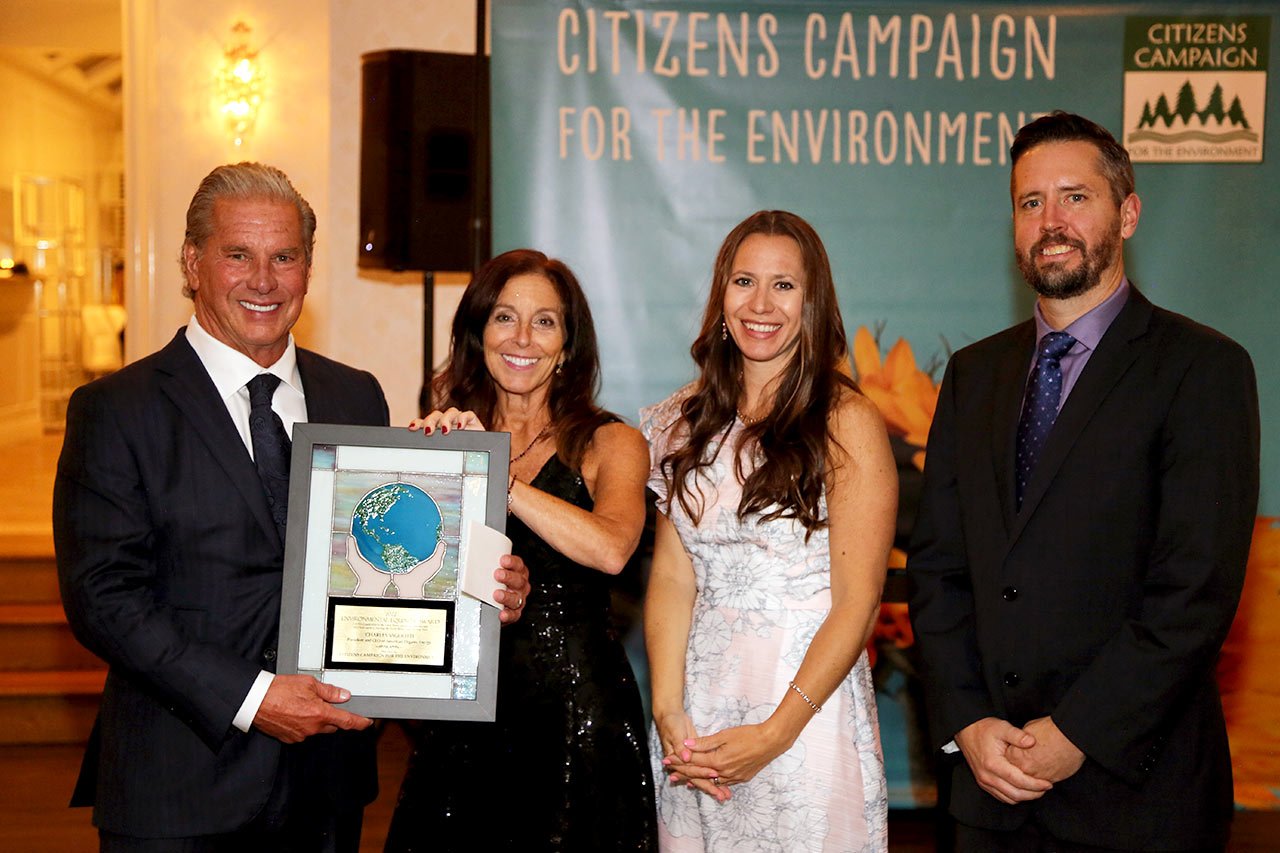New York City discards about 14 million tons of waste annually, costing the city nearly $400 million per year just to cart it all away to landfills and incinerators—some as far away as South Carolina. The largest single portion of this trash: organics, things that were once living, which produce the greenhouse gas methane as they decompose.
These are some of the many astonishing facts presented in a recent New York Times article about the city’s ever-growing organic waste collection program aimed at cutting down on these harmful emissions while ending its reliance on landfills and transforming yard waste and food scraps into compost, and even clean, renewable energy.
“How New York Is Turning Food Waste Into Compost and Gas,”by Emily S. Rueb, highlights the expansion of this pilot program, launched in parts of Brooklyn and Queens, with the goal of long-term, 90 percent or more commercial waste reduction by 2030, and eventually encompassing all five boroughs.

According to the report, New York City is increasingly distributing its brown collection bins to residents for curbside food waste pickup. The so-called Zero Waste Program, already the largest such program in the nation, is about to grow considerably, as the city devotes more resources to organic waste collection.
“[T]he project is on the verge of an expansion that could change how all New Yorkers deal with refuse, and test the city’s ability to manage organic materials on a scale never seen in the United States,” the article explains.
The process is three-fold: residents, schools and government buildings discard organic waste into brown bins, collected by sanitation, and transported to compost facilities that utilize anaerobic digesters to break down and convert organic and biodegradable materials into biogas, which is transformed into energy—a process historically involving the burning of fossil fuels.
The city’s nascent program could be rolled out fully by the end of next year, according to the Times. That means every city resident could soon be playing a role in creating a more efficient system, whereby organic scraps are hauled away to compost facilities to create renewable energy.
Among those assisting New York City in this ambitious quest is Yaphank-based American Organic Energy, which will be processing organic material from Brooklyn at its state-of-the-art anaerobic digester.
In September 2015, New York Gov. Andrew Cuomo singled out American Organic Energy’s facility—which will host up to 180,000 tons of local food waste annually—as a model of what the state’s energy future would look like.
“This exciting project is yet one more way we’re investing in a sustainable energy future and building a cleaner and greener New York,” said the governor. “This first-of-its kind project for Long Island and the greater New York metropolitan area will build upon this administration’s commitment to expand the state’s use of renewable energy and reduce our carbon footprint.”
Dubbed “The Compost King of New York” by New York Times Magazine in a cover profile earlier this year, American Organic Energy’s chief executive, Charles Vigliotti, in tandem with Gov. Cuomo’s announcement, declared: "We are dedicated to building nothing less than the most sophisticated food waste processing facility in the world.”
American Organic Energy, through a partnership with GE Water and Process Technologies and Scott’s Miracle-Gro, will not only sort, separate, and process nearly two tons of food waste, converting it into renewable biogas and electricity, but will also utilize its other end products, creating compost, nutrient-rich plant food and water, and fertilizer.
“It might sound like Doc Brown’s harebrained scheme to power his DeLorean time machine in ‘Back to the Future,’” writes the Times’ Rueb, “but using leftovers to create energy is now commonplace in Europe.
“And cities across the United States are following suit, including New York.”
Read the New York Times article now
Related Reading:








